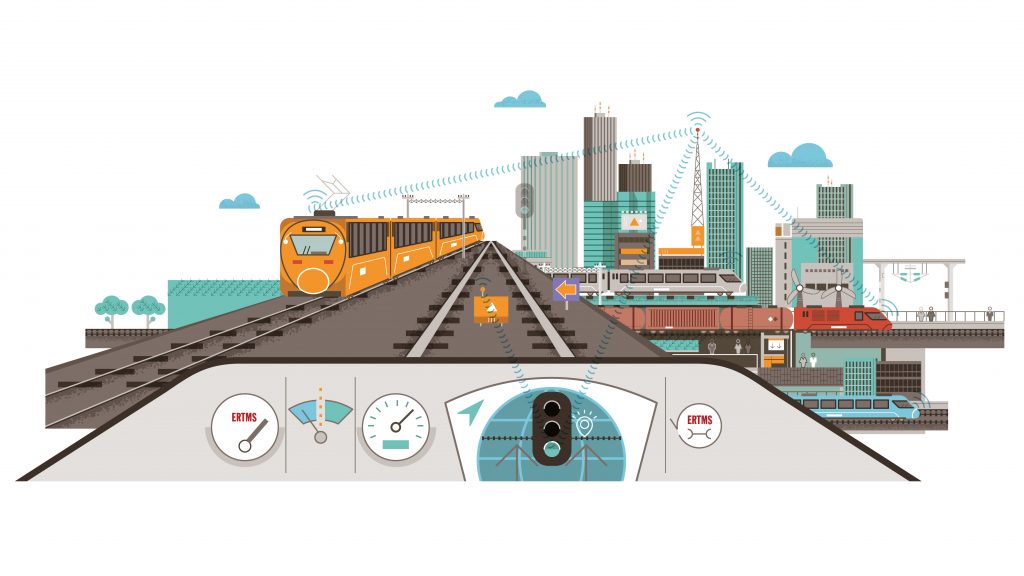2021 Year of Rail : ERTMS – A guide for stakeholders

The European control-command, signalling and communication system (ERTMS) was launched in the early 1990s as a research project by some engineers and evolved over time to become the main flagship initiative of the EU. The objectives of ERTMS are multiple: increase safety and capacity of the railway system, decrease costs due to easier maintenance and ensure a fully interoperable system by replacing the national legacy systems. Furthermore, the EU and the European industry endeavour to establish ERTMS as a global reference.
The European control-command, signalling and communication system (ERTMS) was launched in the early 1990s as a research project by some engineers and evolved over time to become the main flagship initiative of the EU. The objectives of ERTMS are multiple: increase safety and capacity of the railway system, decrease costs due to easier maintenance and ensure a fully interoperable system by replacing the national legacy systems. Furthermore, the EU and the European industry endeavour to establish ERTMS as a global reference.
By 2030, the European Union has the ambition to equip the TEN-T core network corridors with ERTMS. To reach this target, the EU has set up various platforms in charge of solving interoperability issues, harmonise laboratory tests and protocols, work on the next generation of ERTMS and cater for the arrival of new technologies, such as Automatic Train Operations (ATO).
ERTMS is an important technology for European rail infrastructure managers (IMs) and a true game changer. IMs are involved in all relevant working groups, user groups, platforms, etc. As users of the technology, IMs are also very keen in contributing to a well-functioning, harmonised signalling technology, to make it ‘plug-and-play’. They also address the main trends in the market regarding service, quality, reliability and digitalisation in order to support ERTMS as a global reference.
The current ‘ERTMS guide’ was initially developed for the members of EIM. Given the general interest in it, EIM has developed a public version for all stakeholders. It intends to provide you with a fresh look on the main changes, opportunities and challenges related to ‘ERTMS’.
Enjoy the read.

